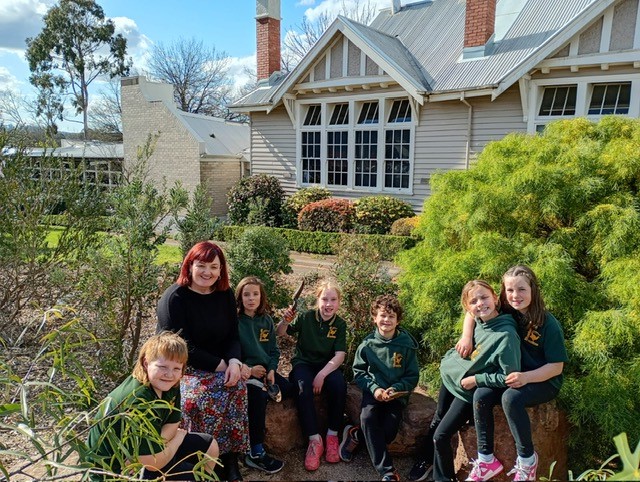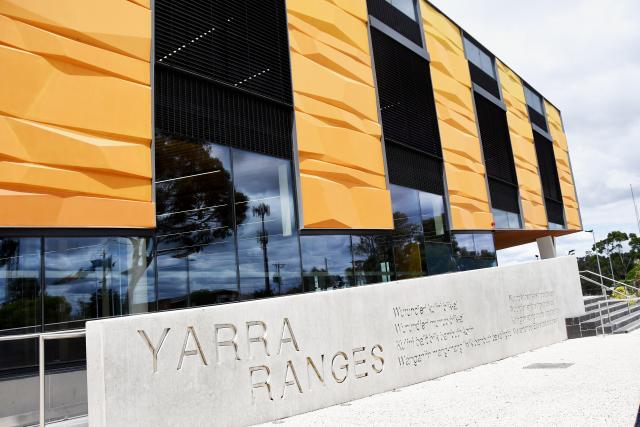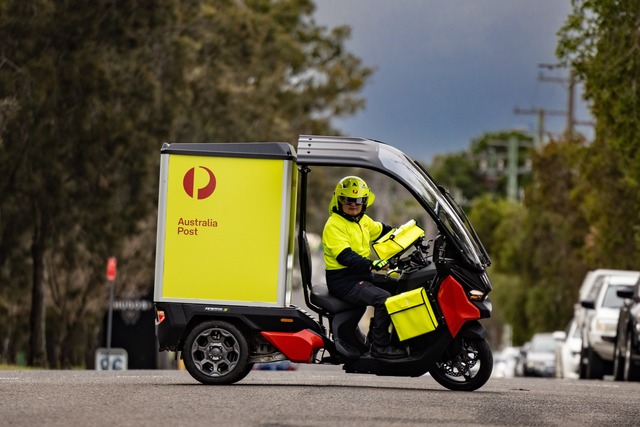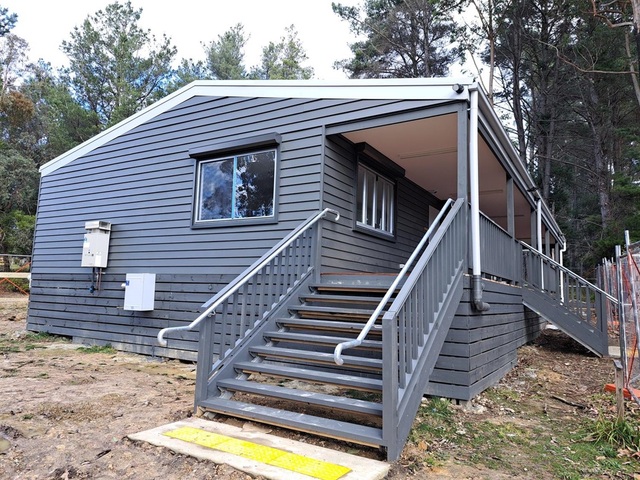By Casey Neill
OUTER eastern relief services have called for more funding and additional affordable housing after figures revealed an increase in homelessness in Knox and Shire of Yarra Ranges.
The Australian Institute of Health and Welfare last Thursday (9 July) launched the Counting the Homeless report.
It showed 728 people in eastern outer Melbourne, which includes Knox and Maroondah councils, were homeless at the 2006 census.
Almost 270 of those were in homelessness assistance accommodation – 48 per cent more people than at the 2001 count.
More than 40 people were living in improvised dwellings on or the streets – three times more than in 2001.
In Shire of Yarra Ranges, more than 500 people were homeless in 2006, including 64 living on the streets.
“We’ve known for quite some time that the Shire of Yarra Ranges has quite a high level of social disadvantage,” Wesley Homelessness and Support Services manager Linda McKay said.
She said today’s figures would “without a doubt” be higher following the financial crisis.
Ms McKay said a “distinct lack” of affordable housing was one of the main reasons people had nowhere to live.
She called for more affordable housing and a review of the Federal Government’s rental assistance package.
The scheme offers financial help to people with low incomes.
“But that rebate has not kept pace with rising rent,” Ms McKay said.
She said the subsidy amount was increased based on the number of children living with the tenant, not on how much rent they paid. But Federal Housing Minister Tanya Plibersek said the Government had no plans to review Commonwealth Rent Assistance (CRA).
“It is likely that any increase in CRA will result in increased rents rather than reliving pressure on tenants,” she said.
“The Government’s approach is to increase housing supply.”
UnitingCare Harrison’s Mark Dixon said the Government funded organisation had seen a recent 203 per cent increase in requests for accommodation.
Mr Dixon said current funding was inadequate to meet the need in the local community.
“Every day staff are having to make the hard decision regarding who we will accommodate that night and who will miss out,” he said.
But Ms Plibersek said the Government would provide an 80 per cent increase to emergency relief on the base funding from previous years.
Mr Dixon said family breakdown and the economic downturn were two major reasons people became homeless.
“One big unexpected bill can put some families into potential housing crisis,” he said.
Mr Dixon said outer east rent increases were above the Metropolitan Rental Index and also put tenants at risk.
State Opposition housing spokeswoman Wendy Lovell said Victorian public housing waiting lists last month reached a seven-year high of 38,980 families.
“Private rentals have skyrocketed because landlords are being slugged land tax bills that have nearly tripled under Labor,” she said.
“And the Government has restricted land supply which artificially inflates the market.”
Life on the streets
Digital Editions
-
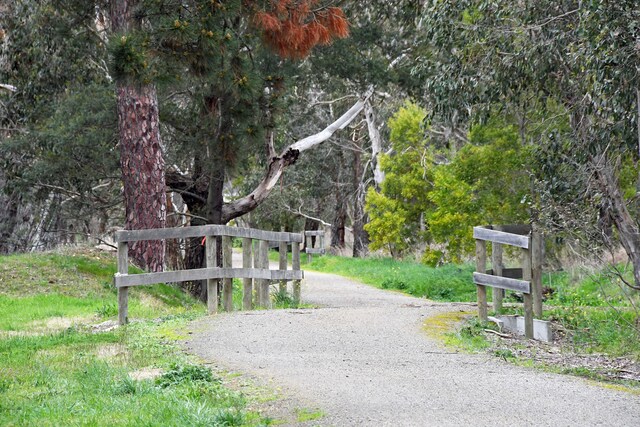
First Yarra Ranges Paths and Trails Plan approved
Purchase this photo from Pic Store: 498936 The Yarra Ranges is renowned for its scenic routes and well-trodden walkways, and a new plan is in…

